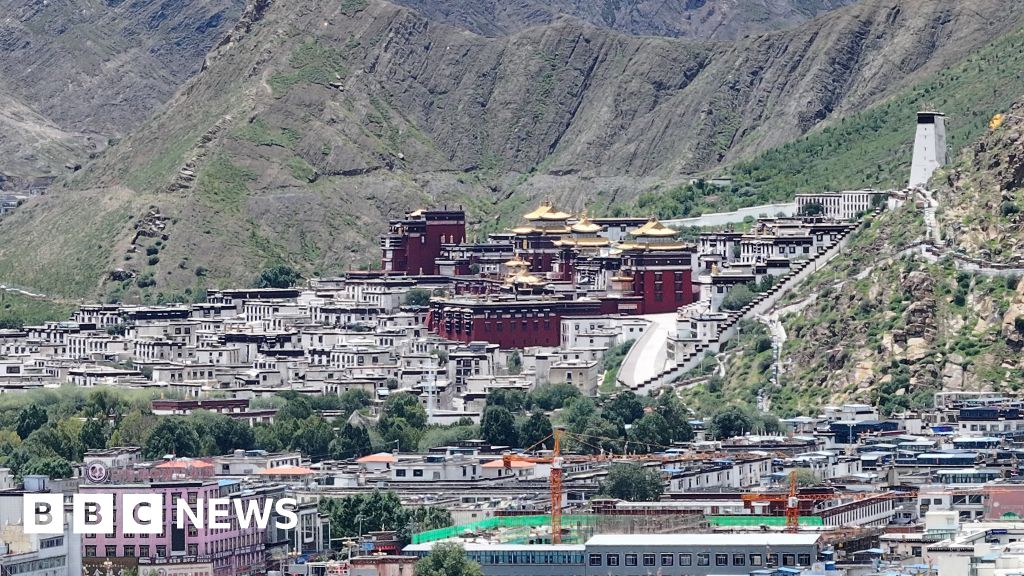Physical Address
304 North Cardinal St.
Dorchester Center, MA 02124
Physical Address
304 North Cardinal St.
Dorchester Center, MA 02124

At least 53 people were confirmed dead and 62 Injured after a strong earthquake struck mountainous Tibet on Tuesday morning, Chinese state media reported.
The earthquake, which struck Tibet’s holy city of Shigatse around 09:00 local time (01:00 GMT), had a magnitude of 7.1 and a depth of 10 kilometers (six miles), according to the US Geological Survey, which also showed a series of aftershocks in this area.
Tremors were also felt in neighboring Nepal and parts of India.
Earthquakes are common in the region, which lies on a major geological fault line.
Shigatse is considered one of the holiest cities in Tibet. It is the traditional residence of the Panchen Lama, a key figure in Tibetan Buddhism whose spiritual authority is second only to the Dalai Lama.
Chinese state media said the quake had a slightly lower magnitude of 6.8, causing “apparent” tremors and resulting in damage to more than 1,000 homes.
Posts on social media show buildings collapsing and there have been several strong aftershocks.
“After a strong earthquake, there is always a gradual weakening process,” Jiang Haikun, a researcher at the China Earthquake Center, told CCTV.
Although another earthquake with a magnitude of around 5 is possible, Jiang said “the probability of a larger earthquake is low.”
The Chinese Air Force launched rescue operations and sent drones to the affected area, which is at the foot of Mount Everest and where temperatures are well below zero.
Electricity and water are cut off in the region.
Chinese President Xi Jinping also called for comprehensive search and rescue efforts to minimize casualties and relocate affected residents.
While tremors were felt in Nepal, no damage or casualties were reported, a local official in Nepal’s Namche region, near Mount Everest, told AFP.
The Tibet Seismic Bureau told the BBC on Tuesday that they were unable to provide an estimate of the number of casualties as they were still verifying the numbers.
The edge that lies next to it the main fault of the Indian and Eurasian tectonic plates, is a place of frequent seismic activity. In 2015, a 7.8-magnitude earthquake near Kathmandu, the capital of Nepal, killed nearly 9,000 people and injured more than 20,000.